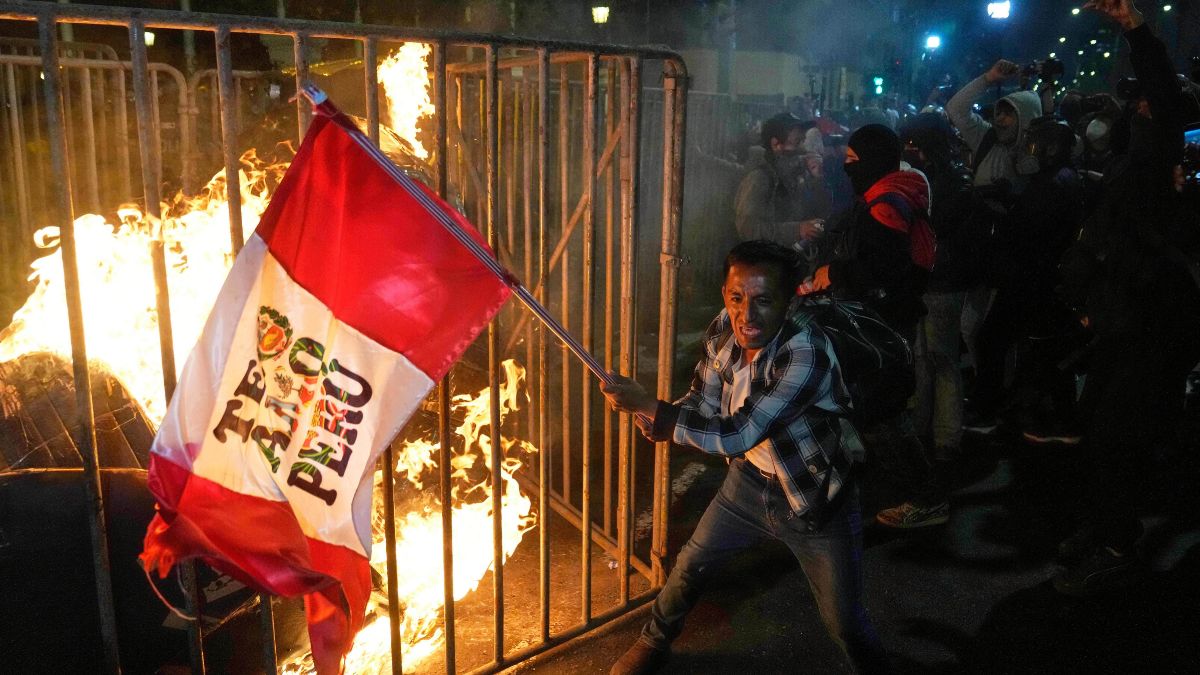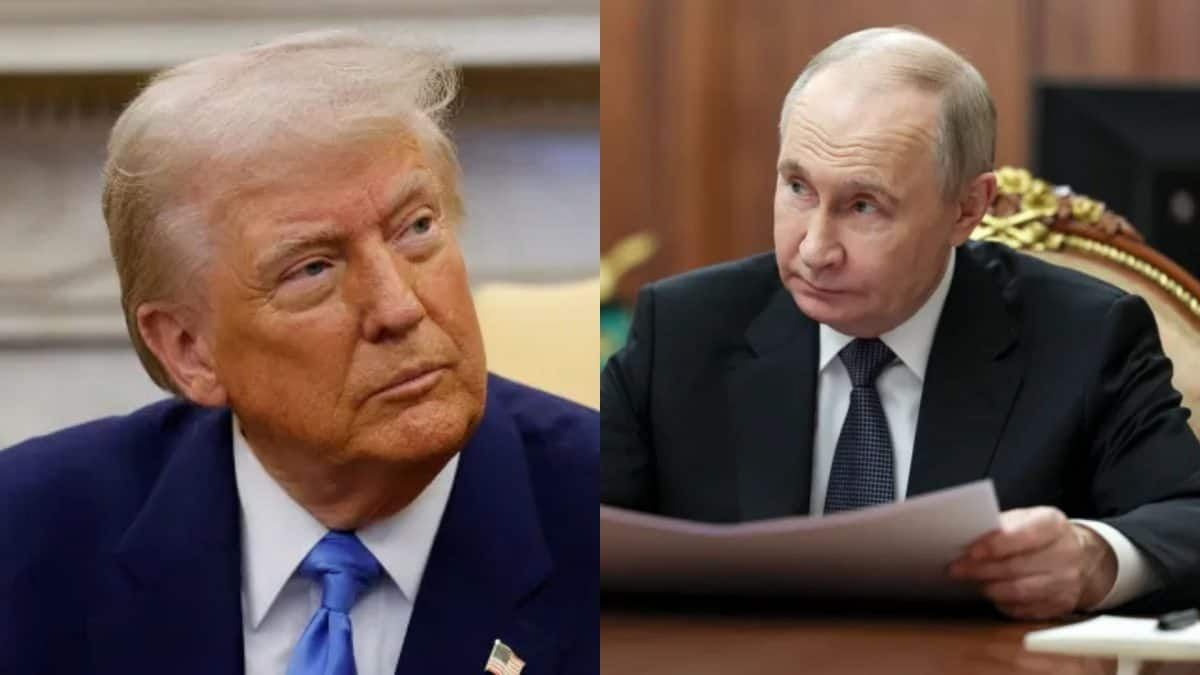Protests led by young activists in Peru demanding the resignation of the country’s president escalated into violence overnight, leaving at least one civilian dead and prompting authorities to launch investigations on Thursday. Officials reported that around 100 people were injured, including 80 police officers and 10 journalists.
The demonstrations, which began a month ago with calls for improved pensions and wages for youth, have grown to encompass broader grievances over crime, corruption and decades of public disillusionment with successive governments. The unrest intensified after Peru swore in its seventh president in less than a decade on October 10, with protesters targeting both the new president and certain lawmakers.
Peru’s prosecutor’s office said it is investigating the death of 32-year-old protester and hip-hop artist Eduardo Ruíz, who was shot during a mass demonstration in Lima. Authorities stated that they had ordered the removal of Ruíz’s body from a hospital and directed the collection of audio-visual and ballistic evidence from the scene, noting the incident occurred “in the context of serious human rights violations.”
Footage from local media and security cameras showed Ruíz collapsing on a street after a man, reportedly fleeing from a group of protesters—fired a shot. Witnesses claimed the shooter was running away after being accused of being a plainclothes police officer embedded among demonstrators.
The Peru Ombudsman’s Office confirmed that at least 24 protesters and 80 police officers were injured during the unrest. In addition, six journalists were struck by pellets, and another four were assaulted by police, according to the National Association of Journalists.
The ongoing protests reflect growing frustration among Peru’s youth and broader segments of the population, as they confront long-standing governance challenges amid a cycle of political instability and social unrest.
Impact Shorts
More ShortsThe Peruvian protests comes amid a wave of protests unfolding across the world, driven by generational discontent against governments and anger among young people. Protests have broken out in Nepal, the Philippines, Indonesia, Kenya, Peru and Morocco with protesters often carrying black flags with the “One Piece” anime symbol, a pirate skull wearing a straw hat.
In Lima’s main plaza 27-year-old electrician David Tafur said he decided to join the demonstration after learning about it on TikTok.
“We’re fighting for the same thing against the corrupt who here are also killers,” he said, referring to violent 2022 protests and government crackdown in which 50 people were killed.
The escalating tensions come just days after Peru’s Congress ousted President Dina Boluarte, was known as one of the least popular presidents in the world for repressing protests and failing to control crime.
José Jerí, the 38-year-old president of Congress, then took office, promising to get a recent crime wave under control. He swore in Ernesto Álvarez, a ultraconservative former judge active on social media, as prime minister.
The president expressed regret over the protester’s death. Álvarez has not yet commented on it, but previously claimed said that Peru’s Gen Z is a “gang that wants to take democracy by storm” and does not represent “the youth who study and work.”
Criticisms of Jerí and his government quickly emerged because he previously faced an investigated after being accused of a woman of raping her. The prosecutor’s office dismissed the case in August, though authorities continue to investigate another man who was with Jerí the day of the alleged rape. Protesters also condemned Jerí because as a legislator he voted in favour of six laws that experts say weaken the fight against crime.
Protesters demanded Jerí and other lawmakers resign and repeal the laws they say benefit criminal groups.
During the protest, more than 20 women shouted “The rapist is Jerí” or “Jerí is a violin”, a slang expression in Peru where “violin” means rapist. Protesters launched fireworks at police, who responded with tear gas and rubber pellets.
That anger was built upon decades of frustration by Peruvians, who have seen their leaders, year after year, plagued by corruption scandals, fueling a feeling of cynicism and deception in many of Peru’s youth.
“After the pension issue, other frustrations followed — linked to insecurity, the erosion of state capacity in Peru, and corruption,” said Omar Coronel, a sociology professor at the Pontifical Catholic University of Peru, who studies social movements.
Violent scenes from the protest drew back memories of violent protests in the early months of Boluarte’s government, when 50 protesters were killed.
Protesters held signs reading “Protesting is a right, killing is a crime.” One woman carried a poster that read “From a murderess to a rapist, the same filth,” criticizing the change in government.
“For me, it’s about outrage over abuse of power, corruption and killings,” said Tafur, the protester.
With inputs from agencies


)

)
)
)
)
)
)
)
)



